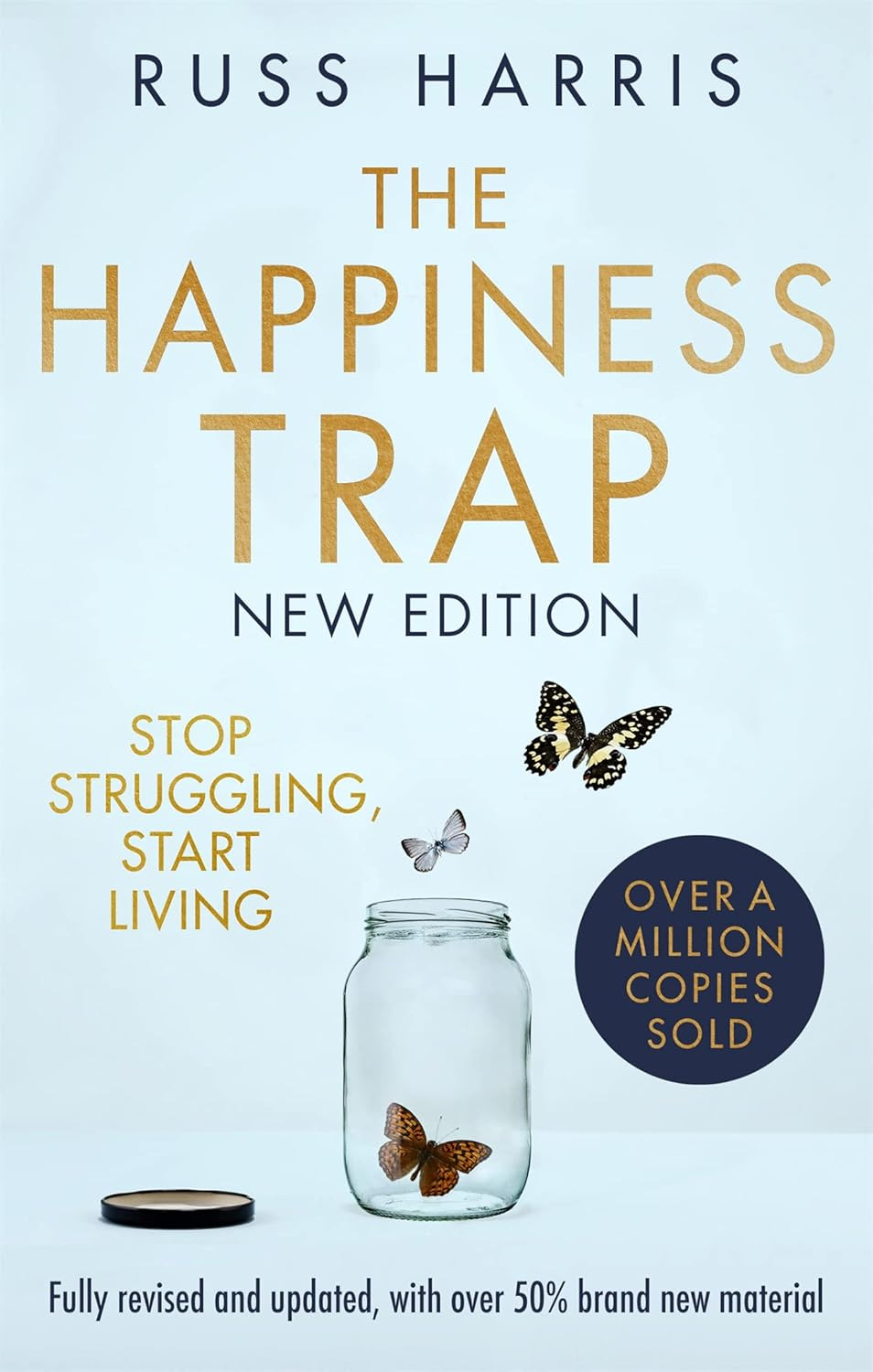what you resist, persists
But emotions don’t work like software bugs. They’re part of the system.
📣 Announcement!: May is the mental health awareness month and every day, we’ll share one short, powerful insight from the world’s best books on psychology, happiness, resilience, and the human mind — paired with a simple action you can take!
We believe mental health isn’t just about coping — it’s about understanding why we think, feel, and behave the way we do. And when you understand yourself, you become a better friend, parent, leader, and human.
PS: The series is done in partnership with MelodyAI (launching soon/apply to get an invite), a voice-first AI companion that helps you navigate your inner world. Think of it as someone you can talk to — whenever you need to reflect, reset, or just feel heard.
If you find value here, forward it to someone who needs it. You never know what small idea might change someone’s day.
Have you ever tried to “fix” your anxiety — and made it worse?
You tell yourself to calm down.
You distract. You overthink. You breathe deeply but you're secretly hoping the feeling disappears by the third breath.
And then it sticks around. Even louder.
Here’s the hard truth: the more we struggle against uncomfortable emotions, the tighter their grip becomes.
“The more you try to control how you feel, the more it controls you.”
— Russ Harris, The Happiness Trap
That’s the trap. We’re taught to believe happiness means always feeling good.
So when anxiety, grief, shame, or fear shows up — we treat them like glitches to delete.
Sharing big ideas from the book : The Happiness Trap by Russ Harris
But emotions don’t work like software bugs. They’re part of the system.
And ironically, trying to erase them gives them more fuel.
The Real Skill: Making Room for Discomfort
The Happiness Trap flips the script.
It says: you don’t have to “feel good” to live well.
You just have to stop fighting what you feel.
Instead of wrestling with pain, you learn to make room for it — without letting it steer the wheel.
This doesn’t mean giving up. It means showing up.
Showing up for your values. For what matters. Even when it’s hard.
Especially when it’s hard.
A Moment From My Own Week
Yesterday, I had a call I was dreading. One of those “let’s talk about what went wrong” situations.
My stomach was tight. My chest buzzed. I almost postponed it.
But I paused. Named the anxiety. Let it hang in the air.
And then I reminded myself: I don’t need to feel good to do something that matters. I just need to act in line with who I want to be.
That call went better than expected. Not perfect. But honest. Human.
Try This: The 2-Minute Willingness Practice
Next time you feel something hard — stress, anger, embarrassment — do this:
Pause.
Close your eyes and say: “This is what I’m feeling. I can make space for it.”
Notice where it lives in your body.
Breathe into that space. You’re not trying to change the feeling. Just letting it exist.
Now ask: “What would the version of me who cares about [insert value] do next?”
This might feel strange at first. But the goal isn’t to feel better.
It’s to feel more freely — so you can live more fully.
Final Thought
Pain is part of being alive. Struggle is part of caring.
What matters is whether you’re living toward the things that give your life meaning — or running from the feelings that make you uncomfortable.
“You can’t stop the waves, but you can learn to surf.”
— Jon Kabat-Zinn



